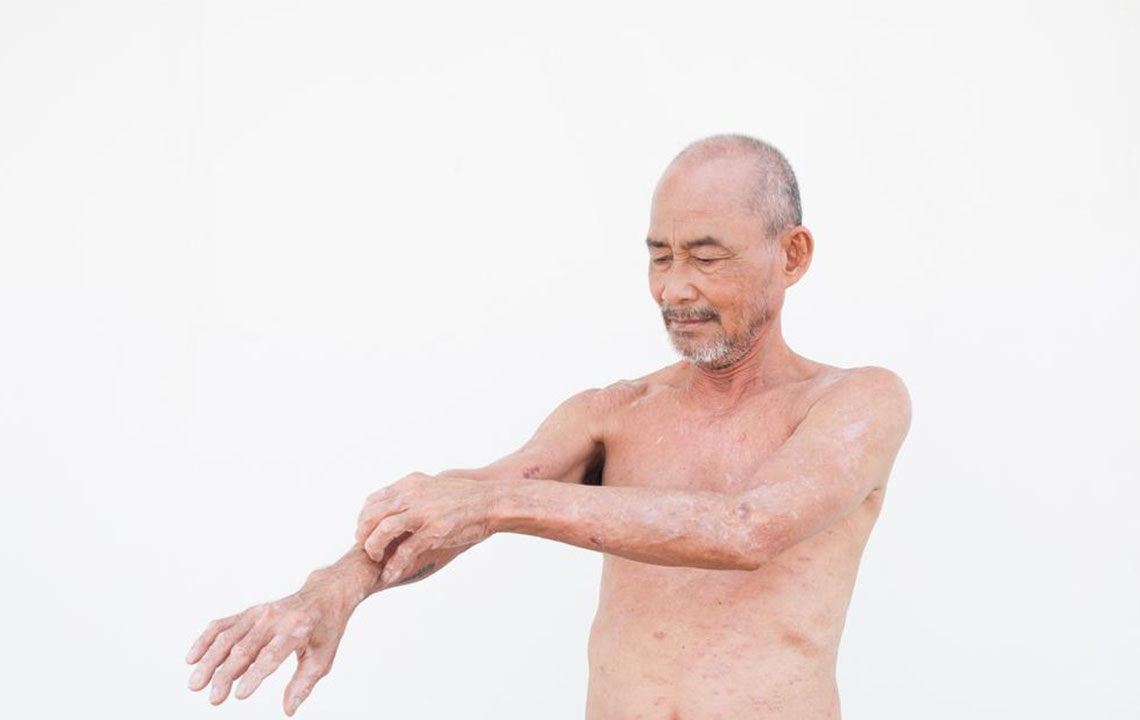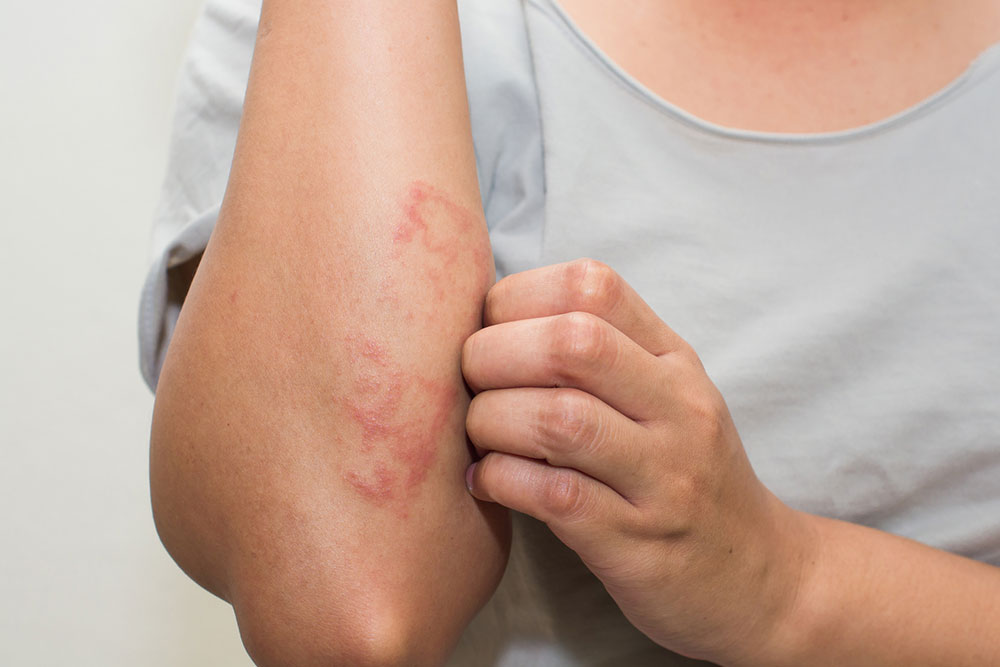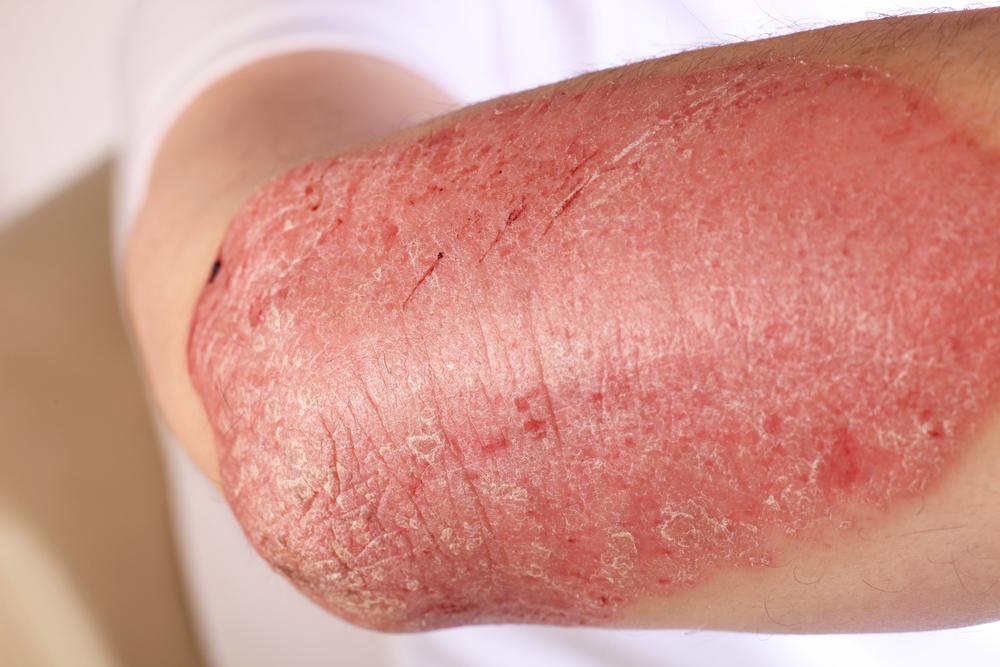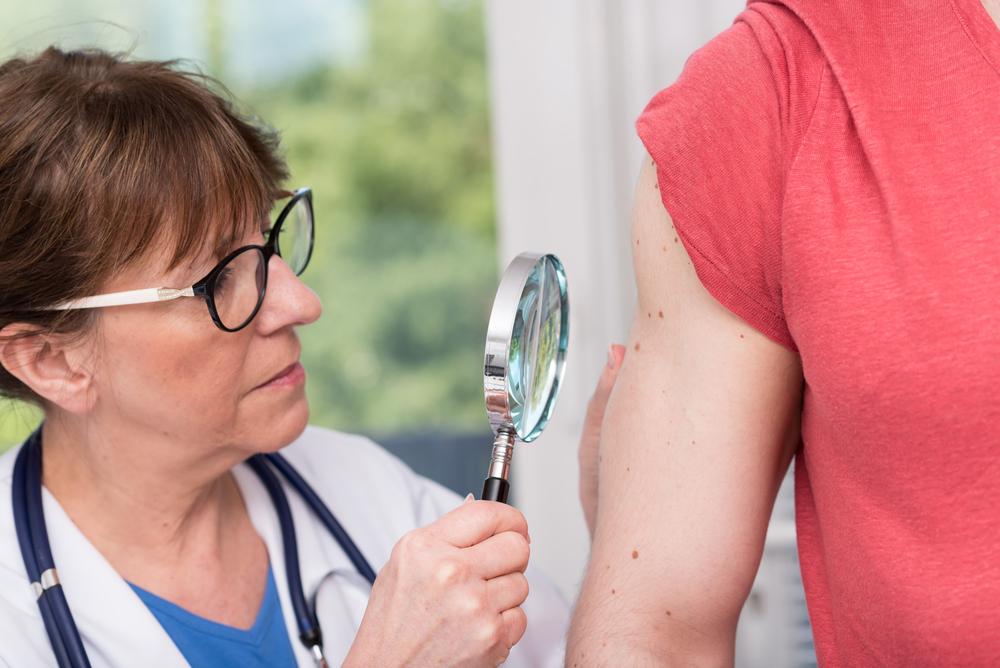Comprehensive Guide to Managing Eczema
This comprehensive guide explains eczema, its types, symptoms, diagnosis, and treatment options. Understanding triggers and skin care is essential for effective management. Seek professional advice for personalized treatment plans to keep your skin healthy and reduce flare-ups.

Understanding and Managing Eczema
Eczema refers to a collection of skin conditions characterized by itching, inflammation, roughness, and bumps. The most common form is atopic dermatitis, which often starts in early childhood but can occur at any age. It has a genetic component and is triggered by environmental factors, stress, certain foods, infections, and contact with allergens.
How is eczema diagnosed?
A dermatologist typically diagnoses eczema through a clinical examination and medical history review. When itchy skin is present, eczema is suspected. Sometimes, a skin biopsy is necessary for severe cases to confirm the diagnosis.
Commonly affected areas include skin folds like elbows and knees, with infants showing symptoms on the forehead, cheeks, and limbs. Eczema can also appear on hands and feet. Identifying the triggers is essential for effective treatment, including avoiding contact with specific irritants and maintaining skin hydration.
Types of Eczema
There are at least eleven different types of eczema, each requiring tailored treatment. Recognizing the specific type is key to managing the condition effectively.
Atopic Dermatitis
Most prevalent, this form begins early in life and causes rashes on the neck, elbows, knees, and ankles. It’s not solely allergy-based but involves immune system factors.
Allergic Contact Dermatitis
It develops after repeated exposure to an allergen, such as poison ivy, causing localized inflammation and irritation.
Stasis Dermatitis
Occurs mainly on lower legs due to poor blood circulation, leading to skin inflammation.
Irritant Dermatitis
Results from frequent contact with irritating substances, causing skin damage.
Fungal Dermatitis
Can mimic eczema, identified via skin scraping and culture to detect fungal presence.
Scabies
A mite infestation that causes rash and itching, sometimes similar in appearance to eczema.
Dyshidrotic Eczema
Often affecting hands and feet, it appears as tiny itchy blisters on fingers, toes, and sides.
Seborrheic Dermatitis
Results in flaky, oily rashes on the scalp, face, ears, and chest; in infants, it may cause oozing behind ears.
Despite similarities, the distribution and affected areas help differentiate these conditions. Recognizing triggers and symptoms is vital for effective management.
How is eczema treated?
Initial treatment may involve applying diluted water compresses to reduce oozing and soothe the skin. Once inflammation subsides, topical steroids or prescribed medications are used. The treatment plan depends on the eczema type, with some infections requiring specific therapies for long-term relief.










